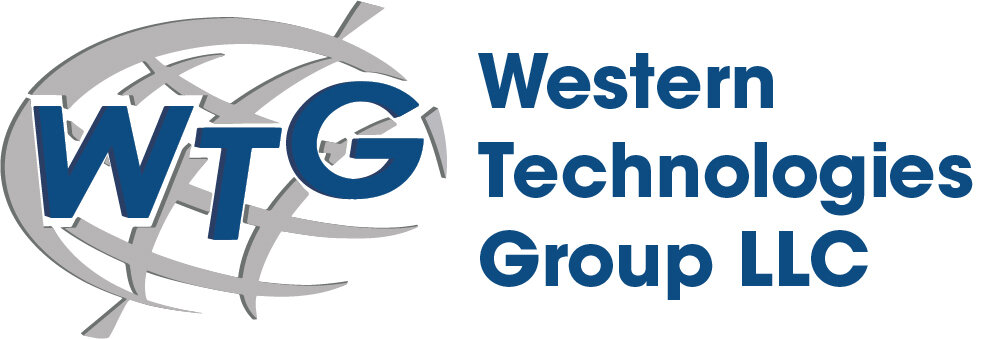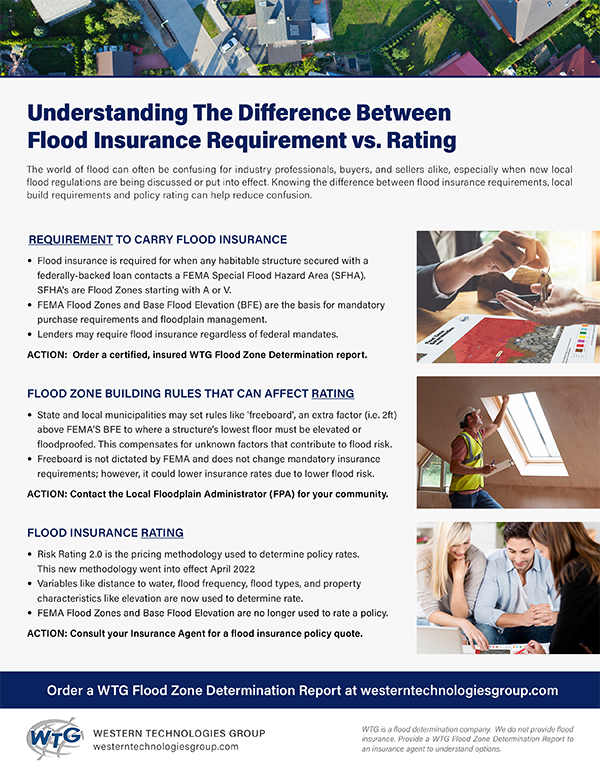How Building Rules Affect Flood Insurance Rating
As agencies and groups address the frequency and severity of natural flooding events, a variety of guidelines continue to emerge, separate from National Flood Insurance Program (NFIP) guidelines, and knowing the difference between these things can help reduce confusion. For example, understanding the difference between overall flood insurance requirements versus building rules that can affect policy rating.
While FEMA Flood Insurance Rate Maps (FIRMs) dictate whether carrying flood insurance is a requirement under NFIP, homeowners and real estate agents must also take into account variables that may affect flood insurance policy rating, such as those calculated under Risk Rating 2.0 (an insurance pricing methodology).
Additionally there are building rules mandated by individual states or local municipalities, such as Freeboard, or - in an example specific to New Jersey - the Inland Flood Protection Rule (IFPR). These building rules can affect flood insurance policy rates.
Read on to understand more about building rules like Freeboard and New Jersey’s IFPR.
Freeboard
Freeboard is an amount of height added above the Base Flood Elevation (BFE) to serve as a safety factor. It is usually expressed in feet added above a flood level for purposes of floodplain management. For example, a certain municipality might adopt a 2-foot Freeboard above the Base Flood.
This serves as a buffer, compensating for the many unknown factors that could contribute to flood heights greater than the height calculated for a selected size flood and floodway conditions, such as wave action, bridge openings, and the hydrological effect of urbanization of the watershed. This can result in significantly lower flood insurance rates due to lower flood risk.
Freeboard is not required by NFIP standards. Rather, communities are encouraged to adopt at least a one-foot freeboard to account for the one-foot rise built into the concept of designating a floodway and the encroachment requirements where floodways have not been designated.
To clarify the Freeboard level adopted by a certain community, you could reach out to a local Floodplain Administrator (FPA).
New Jersey’s Inland Flood Protection Rule (IFPR)
In July of 2023, the state of New Jersey adopted its Inland Flood Protection Rule (IFPR), also in response to rainfall events that are expected to intensify in frequency and severity. The NJ Department of Environmental Protection (DEP) passed this rule to help protect public safety and resilience.
The purpose of the IFPR is to define areas of risk and guide new development or re-construction in these areas, by implementing more current precipitation data. The new NJ Design Flood Elevation (DFE) will raise fluvial (non-tidal) flood elevations mapped by the DEP by 2 feet. In summary:
Prior to the IFPR, the DFE was the higher of either:
Flood Elevation Mapped by NJDEP
FEMA 100-year elevation plus 1ft
New DFE is higher of either:
Flood elevation mapped by NJDEP (where available) plus 2ft
FEMA 100-year elevation plus 3ft
This means that all new construction in NJ will have to be built with the top of the bottom floor (including basement or crawlspace) at 3ft ABOVE the FEMA 100-year flood elevation OR 2ft above the elevations mapped by NJDEP.
Understanding Flood Insurance Requirement vs Rating
Neither IFPR nor Freeboard change or affect how the mandatory purchase requirement for flood insurance works. Mandatory requirements for flood insurance will still be dictated using FEMA Flood Insurance Rate Maps (FIRMs) and assessing whether the exact location of a habitable structure secured with a federally-backed loan comes into contact with one of the high-risk flood zones known as Special Flood Hazard Areas (SFHAs).
Flood insurance rates, on the other hand, could be positively affected by these variables. For example, the higher a structure is built, the lower the risk of flooding.
Free 1-page guide
Download, print or save this free 1-page guide, “Understanding The Differences Between Flood Insurance Requirement vs. Rating”.
WTG is a flood zone determination company. We do not provide flood insurance. Please consult with a flood insurance agent to understand flood insurance premium options. The information provided is for informative purposes only and is not intended to be legal advice or a legal opinion. For legal advice, please consult an attorney.
Resources:
https://www.fema.gov/glossary/freeboard
https://dep.nj.gov/inland-flood-protection-rule/
https://www.mankogold.com/publications-NJDEP-IFP-FHACA-Disclosure-Law-FEMA.html




